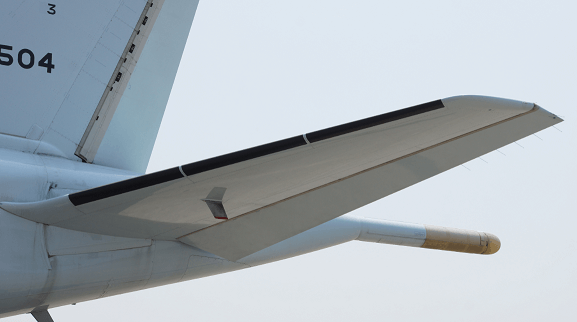What is the role of horizontal stabilizer in an aircraft?
What is the role of horizontal stabilizer in an aircraft?
Horizontal stabilizer and elevator are located at the rear of the fuselage of most of the aircraft. A horizontal stabilizer is a fixed-wing section that provides stability to the aircraft and thus aircraft flies straight. It stabilizes the nose of the aircraft from pitching up and down. It helps the aircraft to maintain a longitudinal balance.
A horizontal stabilizer generates varying amounts of forces because of the movement of the elevator which is attached by hinges at the rear of the horizontal stabilizer. This varying force controls the pitching motion of the aircraft. The deflection of the elevator changes the angle of attack of the wing, which in turn changes the lift produced by the wing.
Therefore, the elevator can be used for climbing and diving of aircraft. It makes the aircraft to climb by bringing the nose of the aircraft up during take off. Also, elevators helps to make the aircraft a tighter turn. The deflection of the elevator changes the elevator shape of the horizontal stabilizer with greater downward deflection, increasing the lift. The lift force is generated at the center of pressure of the horizontal stabilizer.
Some aircraft have a horizontal surface forward of the center of gravity of the aircraft at the front end, for pitching stability and control. This surface is called a canard.




